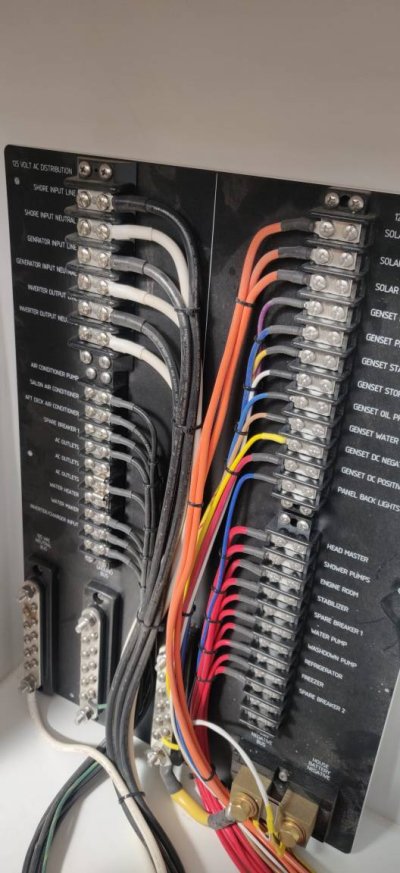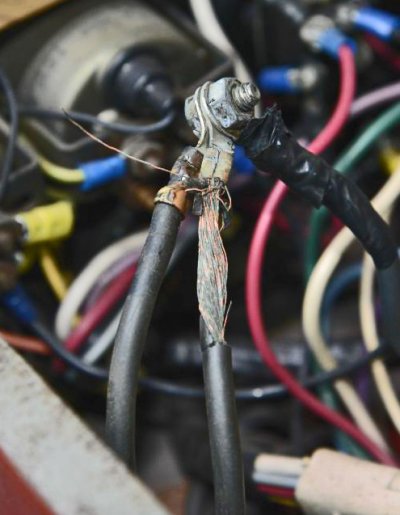Comodave
Moderator Emeritus
- Joined
- Jul 2, 2015
- Messages
- 21,322
- Location
- Au Gres, MI
- Vessel Name
- Black Dog
- Vessel Make
- Formula 41PC
So, the electrician came today.
I showed him what had happened and told him the circumstances. Turns out no one device had issue. Looks like just a bad connection that got worse with load. It’s a 30 amp service and the main double gang 30 amp breaker doesn’t trip with more than 30 + amps. Also doesn’t trip the dockside 30 amp breaker. The heater is hooked up directly to the main breaker so does not have its own breaker.
I will be replacing the 40 + year old panel with new and and adding an extra breaker or two. I will have to watch my usage.
Did you ever watch Green Acres where all the electrical had numbers and a complicated system that had to be followed so not to burn up the farm generator?
Lived to tell about it so that is a good thing.
Sounds like a good plan. You can always use more breakers for expansion.


